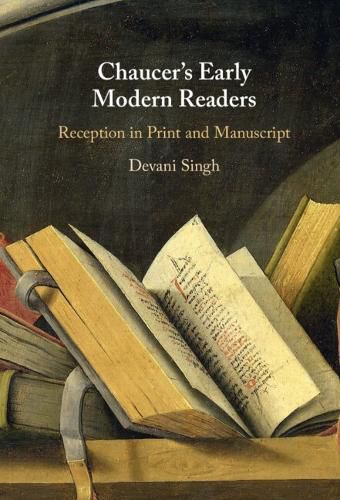Readings Newsletter
Become a Readings Member to make your shopping experience even easier.
Sign in or sign up for free!
You’re not far away from qualifying for FREE standard shipping within Australia
You’ve qualified for FREE standard shipping within Australia
The cart is loading…






The first extended study of the reception of Chaucer's medieval manuscripts in the early modern period, this book focuses chiefly on fifteenth-century manuscripts and discusses how these volumes were read, used, valued, and transformed in an age of the poet's prominence in print. Each chapter argues that patterns in the material interventions made by readers in their manuscripts - correcting, completing, supplementing, and authorising - reflect conventions which circulated in print, and convey prevailing preoccupations about Chaucer in the period: the antiquity and accuracy of his words, the completeness of individual texts and of the canon, and the figure of the author himself. This unexpected and compelling evidence of the interactions between fifteenth-century manuscripts and their early modern analogues asserts print's role in sustaining manuscript culture and thus offers fresh scholarly perspectives to medievalists, early modernists, and historians of the book. This title is also available as open access on Cambridge Core.
$9.00 standard shipping within Australia
FREE standard shipping within Australia for orders over $100.00
Express & International shipping calculated at checkout
The first extended study of the reception of Chaucer's medieval manuscripts in the early modern period, this book focuses chiefly on fifteenth-century manuscripts and discusses how these volumes were read, used, valued, and transformed in an age of the poet's prominence in print. Each chapter argues that patterns in the material interventions made by readers in their manuscripts - correcting, completing, supplementing, and authorising - reflect conventions which circulated in print, and convey prevailing preoccupations about Chaucer in the period: the antiquity and accuracy of his words, the completeness of individual texts and of the canon, and the figure of the author himself. This unexpected and compelling evidence of the interactions between fifteenth-century manuscripts and their early modern analogues asserts print's role in sustaining manuscript culture and thus offers fresh scholarly perspectives to medievalists, early modernists, and historians of the book. This title is also available as open access on Cambridge Core.